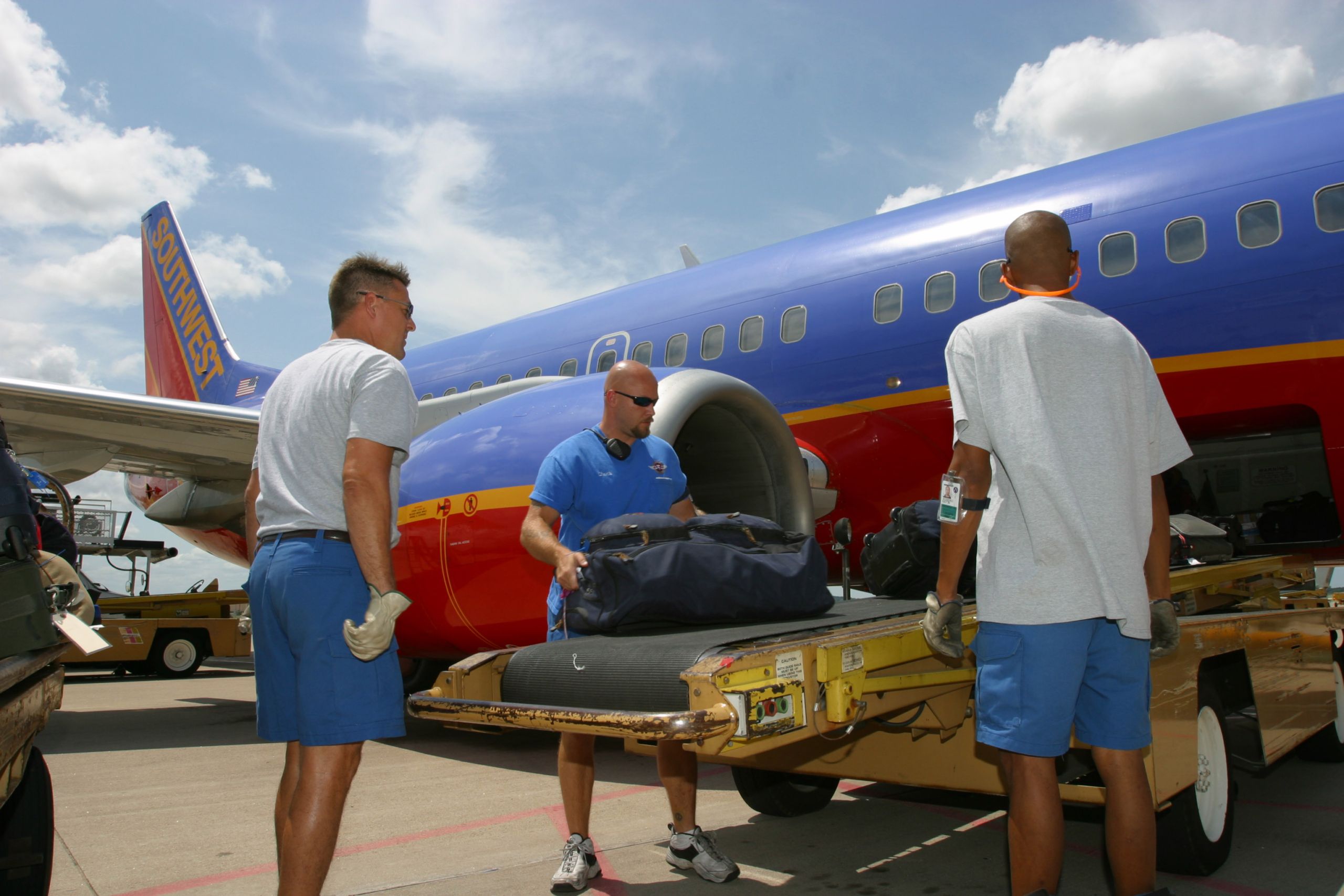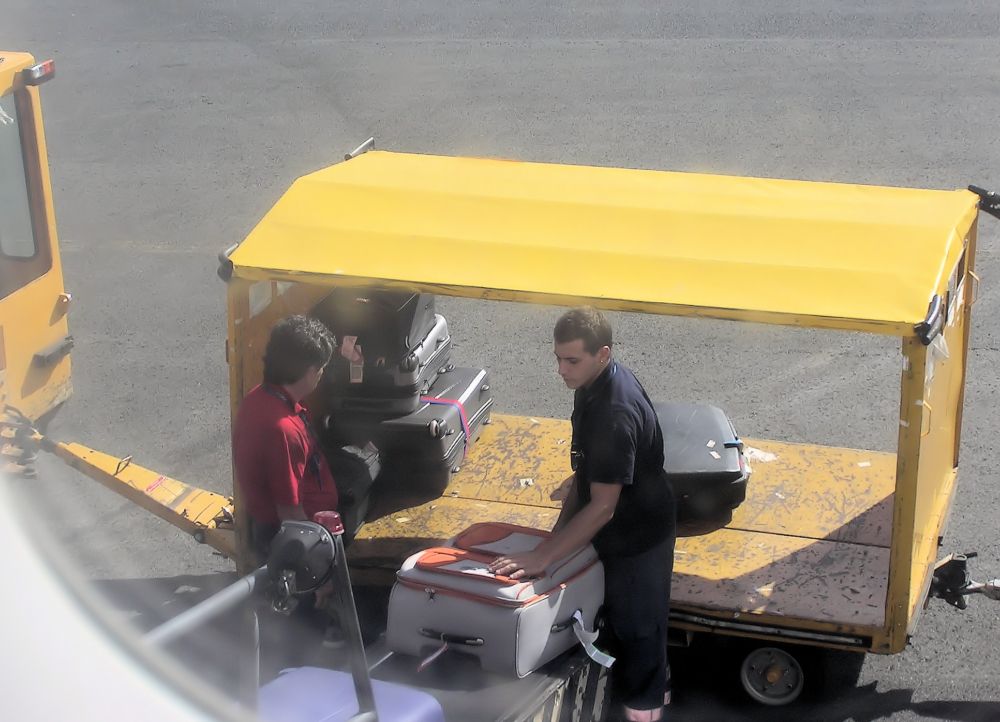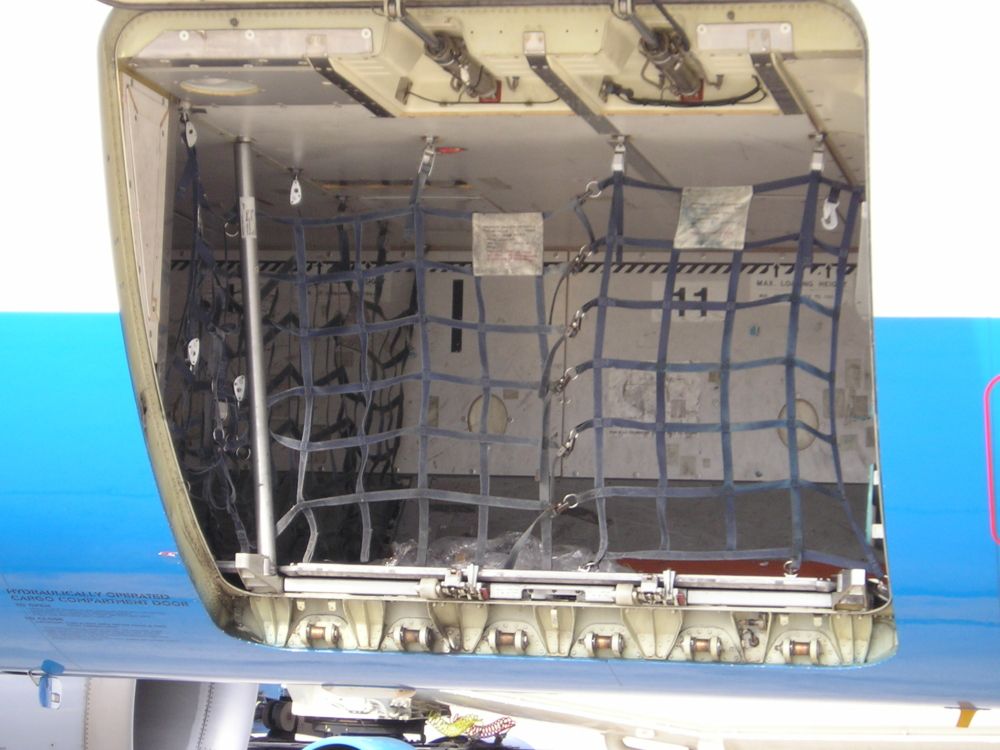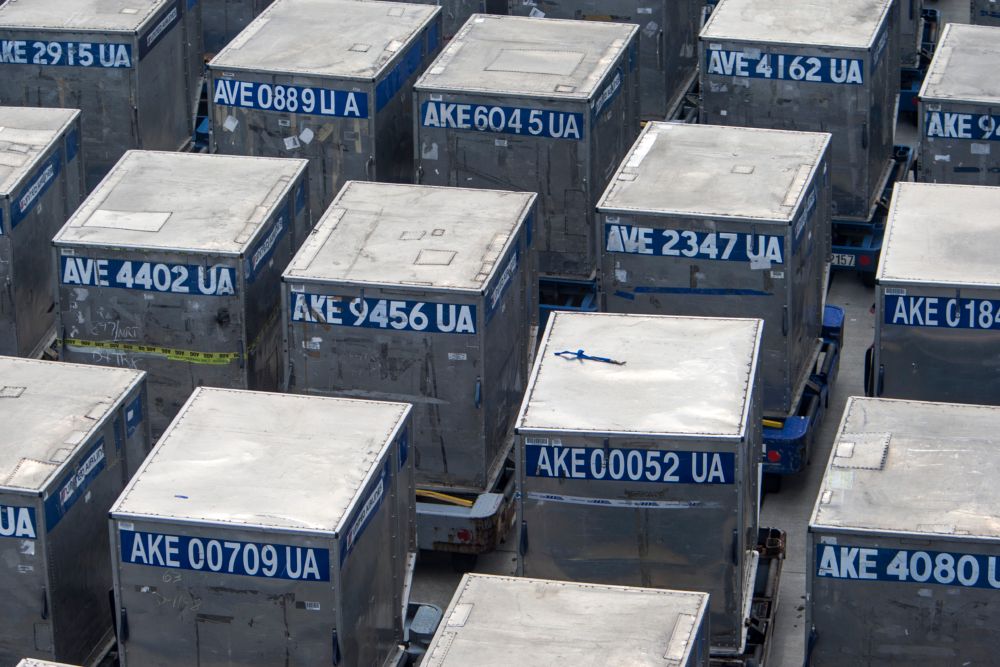Baggage loading and unloading are an important part of flight operations. It is not something we normally take notice of - unless it goes wrong and delays the flight. Have you ever wondered, though, what happens to your bags underneath a typical narrowbody aircraft? A recent video made by a ground agent at London Gatwick airport shows this manual, or 'bulk loading' in action.
Bulk-loading the Boeing 737
The Boeing 737, along with most other narrowbodies and regional jets, is manually loaded - a process known as 'bulk loading.' Depending on the airport size and infrastructure, bags will be sorted and transported after check-in using a Baggage Handling System.
The design and sophistication of these systems, of course, varies between airports. Some will fully automate the scanning and direction of bags, while others will be part manual. Japanese airline ANA has even trialed a fully autonomous baggage system, including cart delivery to the aircraft. In most cases, bags will be sorted to a delivery area and driven by cart to the aircraft.
Bulk loading will usually involve bags loaded from a luggage cart using a conveyor and then loaded into the aircraft hold. This is a hugely manual take (and quite an artform) - as this great video from Gatwick airport ground agent @LGrima shows:
Loading in this way is carefully planned. Â Ensuring correct placement and limited movement of bags during flight is important for weight distribution. Sometimes nets are used for this to divide the hold into sections or hold bags in place. As you can see in the video, careful loading by size will minimize movement.
Container loading
You may be confused by this - expecting bags to be loaded using containers. This is usually the case for widebody aircraft, but not on narrowbodies or regional jets. The 737 does not take containers - although the A320 can also take specially designed smaller containers.
All widebody aircraft are loaded using containers. known as Unit Load Devices (ULD). Securing and loading manually would be much harder for a larger aircraft. Containers also allow faster turnaround, with bags able to be pre-loaded then transferred to the aircraft. This is even more important with cargo loading - as is the ability to transfer containers easily between aircraft.
ULDs come in different sizes for different aircraft. The most common is the LD3 container, used on all Airbus widebodies, and the  Boeing 747, 777, and 787. The 747 and 767 take different sized containers - as does the A320.
Baggage loading is not a topic we often discuss. There is plenty involved in this, though. As well as skilled manual work, airports use sophisticated (and sometimes problematic) baggage systems. Automations of these, and aircraft loading, are increasing. What changes do you think we will see in the coming years? Feel free to discuss this in the comments.Â




